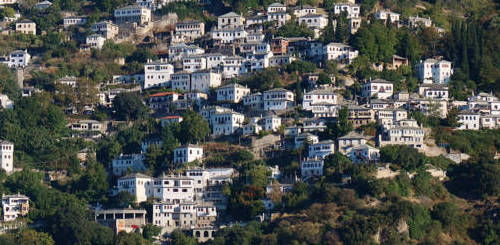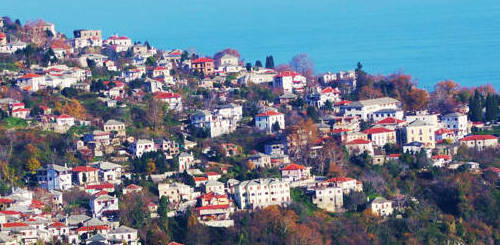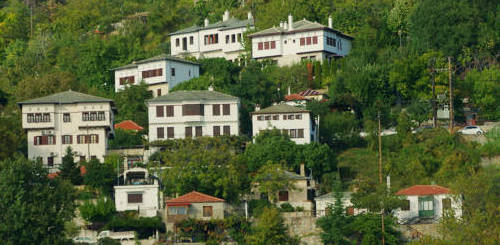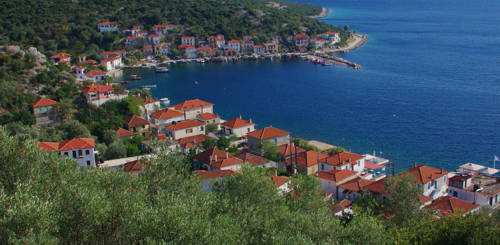The villages of West Pelion
West Pelion
The villages
The villages at the western side of Mt Pelion include coastal settlements but also submontane settlements concentrated along the 600 m. contour. Only {b}Chania{/b} climb up to 1.200 m., acting in the distant past as a place of rest and resupply of those attempting the crossing of the mountain.
Agios Lavrentios
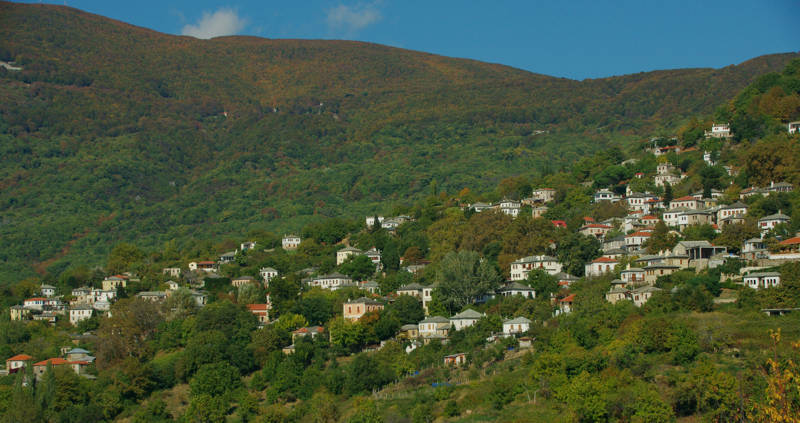
Agios Lavrentios village owes its name to the homonymous monastery that was built by Benedictine monks during the Crusades. Later, the monastery was abandoned, to be renovated in the 14th century and to host an Orthodox community. The settlement that developed around the monastery, evolved into the present village, which flourished from the late 17th to the early 19th century. Main resources if its wealth was agriculture and trading activities.
Agios Lavrentios has been developed around its main square, with its monumental fountains. The village has many two-storey stone-built mansions of traditional architecture. Today, Agios Lavrentios hosts 273 inhabitants.
Agios Georgios
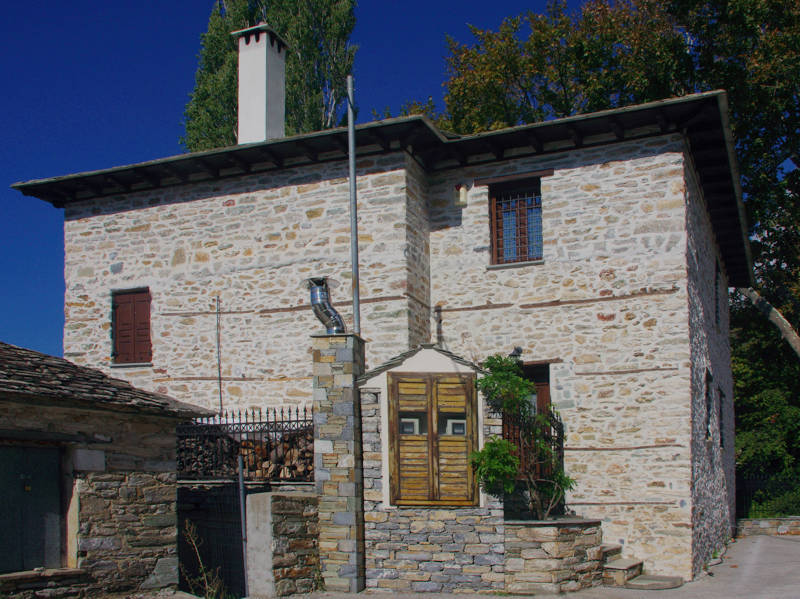
Agios Georgios of Niliea is built at an elevation of 600 m. approximately, at a nice amphitheatric place with two ridges. Situated close to the beaches of Western Pelion on Pagasitikos Gulf and also, the start of many paths that traverse the mountain to end on the Aegean side, Agios Georgios is an excellent base for exploring Pelion.
Next to the church of Agios Georgios (=Saint George) lies the Sculptor Nicolas Municipal Museum, where pieces of art from various disciplines such as sculpture, engraving and woodcarving by the local sculptor Nicolas Pavlopoulos are under exhibition. At the yard there is a bronze statue of the artist, made by himself.
Pinakates
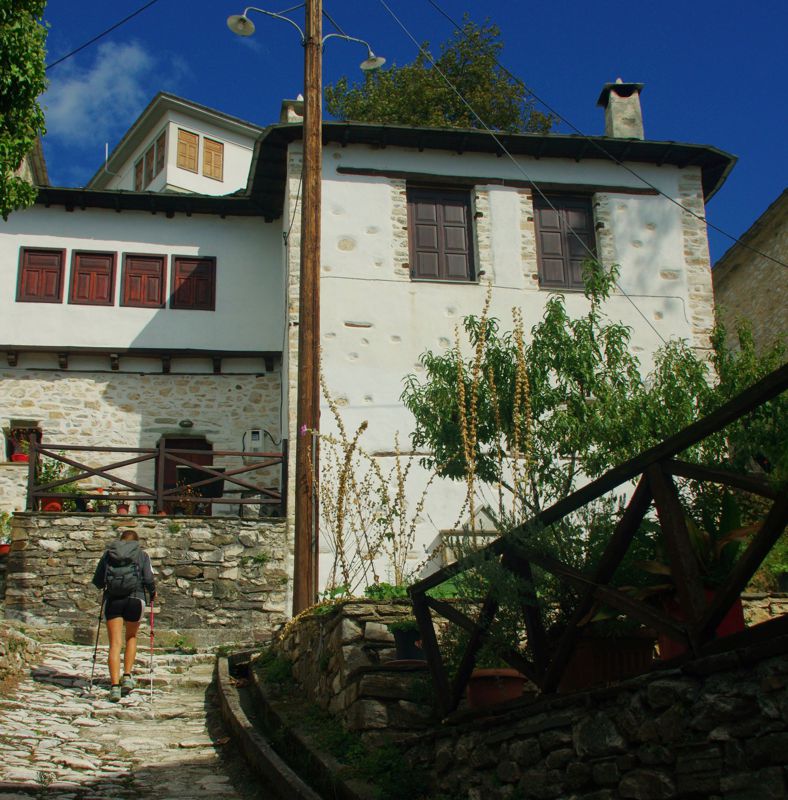
Between Vyzitsa and Agios Georgios, Pinakates shares with Vyzitsa the favourable position on the axis of the mountain springs and with Agios Georgios the view of the Pagasitikos Gulf. In a privileged balance between olive groves and the mountain orchards, Pinakates flourished on the basis of these two crops, producing olives, olive oil and wine, but also silk, making use of the numerous mulberry trees in the area.
Pinakates is a village of the early or mid-18th century and was originally considered - like Vizitsa - a mahalla of Agios Georgios Nileias. From the mid-19th century, when the village was approaching 1000 inhabitants, it became an independent community. In 1900, a local eupatrid, Sarafopoulos, founded the first steam-powered olive mill and soap factory in Pelion, providing work for 300 workers.
Vyzitsa
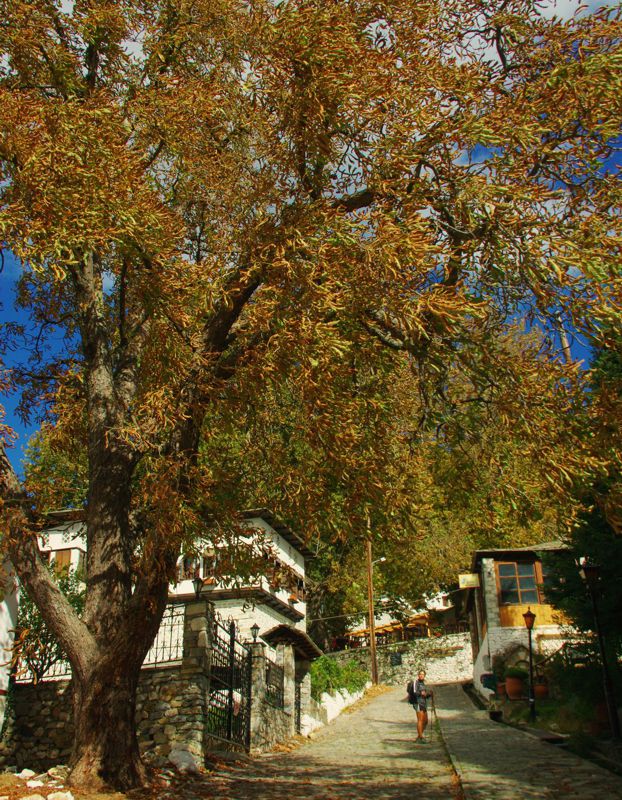
Vyzitsa is located in the rich zone of soil and water resources that surrounds the 500 m contour line on the western slopes of Mt Pelion. The location was chosen for its springs, but also for the remarkable agricultural land, which stretched a little to the north and allowed the village to have a sufficient supply of basic species - wheat and other cereals, legumes.
The heydays of the agricultural economy lasted until the middle of the 20th century, only to be abruptly curtailed, turning Vizitsa's gifts into comparative disadvantages. Fortunately, the village's rich housing stock attracted a new source of income in time: tourism. One of the first villages in mountainous Greece to be declared a traditional settlement (1976), Vizitsa was also one of the most popular tourist villages of Mt Pelion, a destination that was rapidly rising in the 1970-80s.
Vyzitsa now follows the bimodal life of Pelion's tourist settlements, with a silent winter period and an explosive summer season, its main attraction being its stunning architectural heritage. The 2011 census showed 277 inhabitants. Since 2010 it was incorporated into the municipality of South Pelion.
Milies
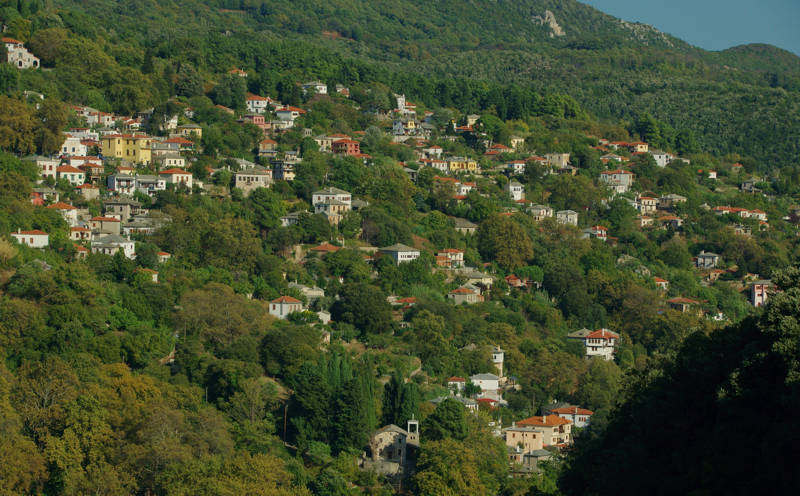
Milies is built at an elevation of approximately 400 m., hidden from the sea, most likely out of fear for pirates in the old days. It is a vibrant village with touristic activity and rich cultural tradition. Here is the place where the school "Psichis Akos" (="Remedy for the soul") operated, established in 1814 by the scholars Anthimos Gazis, Daniil Philippidis and Grigorios Konstantas. The building hosts nowadays a historical library, one of the oldest in the country.
Milies constitues the final station of the {b}Pelion train{/b}, which now departs from Lechonia. Renovated, it offers a unique touristic ride of 16 km.
Having witnessed periodes of great population rise, Milies has today 636 inhabitants and hosts the seat of the homonymous municipal department.
Text and photos: T. Adamakopoulos
A guide for West Pelion
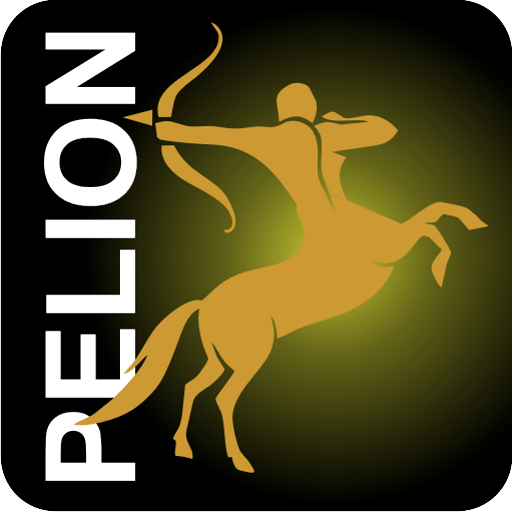
Photos and descriptions for
Western Pelion topoguide is available for Android devices via Play Store.
Western Pelion topoguide is also available for iOS (iPhone και iPad) devices via the Topoguide Greece application.


